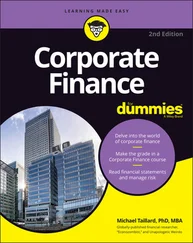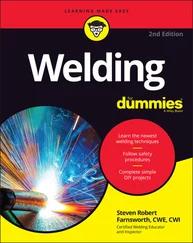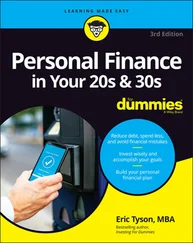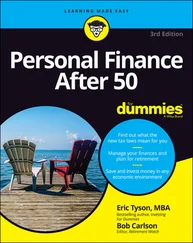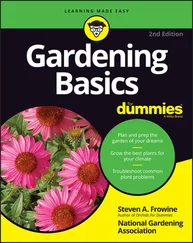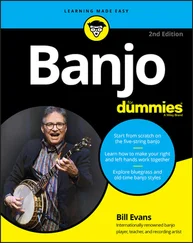❯❯ Unit of account
These three functions are familiar to anyone with a savings account (store of value) who has done some shopping (means of exchange) and carefully compared prices (unit of account). Whether in the form of nickel, plastic or paper, cash is the key.
 Two alternatives to cash – one ancient, one modern – are good to know about:
Two alternatives to cash – one ancient, one modern – are good to know about:
❯❯ Goldhas been used for thousands of years as a store of value and also as a means of exchange. Most central banks in the world hold substantial quantities in vaults. This practice is partly a relic of the time when paper money could be exchanged for gold at the central bank. Although this ended in the United States in 1971, many investors still hold gold as part of their investment portfolios.
❯❯ Like gold, the bitcoinis a currency not under the control of any government. However, bitcoin isn’t physical. It’s been described as a cryptocurrency because bitcoin is completely digital and relies heavily on encryption techniques for security. It can be used for payments just like other forms of cash, but at the moment these transactions are small compared with, say, the volume of credit card transactions.
One of the appeals of both gold and bitcoin is that they’re not under government control. In the past, governments have used their power to print money, which undermined the value of the currency. The currencies then no longer function well as a store of value. By investing in gold, which is limited in supply, this undermining can’t happen.
Cash exists in the form of many currencies such as the US dollar, the Japanese Yen and the Chinese renminbi. These countries all have their own central banks, and one of the key functions of these banks is to set the interest rate for the currency. This interest is money that you earn by depositing cash at the central bank. Normally, only other banks are permitted to use central banks in this way, but these interests rates are one of the key parameters in quantitative finance. The interest rate at a central bank is often called the risk-free rate because the assumption is that a central bank can’t go bankrupt. Chapter 4has some of the maths involved with interest rates that’s the basis behind lots of quantitative finance calculations.
If you take out a loan to buy a house or expand your business, the loan is said to be a floating-rate loan if the interest rate changes when the central bank in your country changes its interest rate. The load is fixed-rate if it stays the same when the central bank changes the interest rate. However, given that the period over which loans are repaid can be long, locking into one type of loan gives you no flexibility. If you have a floating-rate loan, you may decide that you want to keep the interest payments fixed in future. That may help you sleep at night. The solution to this fixing is called an interest-rate swap . This instrument allows you to swap from a fixed-rate loan to a floating-rate loan or vice versa. Chapter 4has a section which gives you the maths behind this.
Interest-rate swaps are one of the most important instruments used by banks to manage risk. They also use more sophisticated tools as well and Chapter 12provides an introduction to some of the most common interest-rate derivatives. These derivatives have proved very popular with real-estate investors who typically borrow large sums of money and want to put limits on interest payments.
 Cash in one currency can be exchanged for cash in another currency. This transaction is called foreign exchange, often abbreviated as FX. The FX market isn’t organised on an exchange and normally consists of dealers working in banks. This market is the largest financial market in the world with huge volumes of transactions per day.
Cash in one currency can be exchanged for cash in another currency. This transaction is called foreign exchange, often abbreviated as FX. The FX market isn’t organised on an exchange and normally consists of dealers working in banks. This market is the largest financial market in the world with huge volumes of transactions per day.
Because different currencies have different interest rates, you can potentially make money by
❯❯ Selling a currency with a low interest rate
❯❯ Buying currency with a high interest rate
❯❯ Earning a high interest rate
Such transactions are called the carry trade and are a big factor in influencing foreign exchange rates.
Going beyond cash
Borrowing money from a bank to expand a business is fine, but other ways are possible too:
❯❯ Bondsare a form of loan to a business. The borrower (or business owner) receives the principal from the lender and in return promises to pay a regular interest payment called a coupon . On the bond’s maturity date, the lender gets her principal back. The clever bit, though, is that this bond is a financial instrument. This means that the lender can sell it to someone else. Then the buyer is entitled to the coupon payments and the principal repayment on maturity.
❯❯ Owning stocksor sharesin a business means you’re a part owner of the business, are entitled to dividend payments and can vote at the annual general meeting in support (or otherwise) of the managers.
Businesses issue shares in exchange for cash from investors but they have no fixed repayment date as a bond does. Dividend payments are at the discretion of the management and can vary and, in fact, be non-existent. Because of this, shares are often considered riskier than bonds.
Bonds and shares are the building blocks for most investment portfolios. Bonds are risky because the borrower can default and fail to pay her coupons. Shares are risky because the company may be unable to pay a dividend. Shareholders have no right to any repayment of capital so are more likely to lose everything. Chapter 4gives you the lowdown on the bond and stock markets.
If you’re thinking that you’re never going to invest in shares or bonds because you may never get your money back, then you’re not alone. However, the financial markets have created a solution to this, using two instruments, options and futures that can be used to control and manage the risk of investing in the stock and bond markets. They’re both flexible contracts that I cover in great detail in Chapters 5and 6, respectively. Quantitative finance developed rapidly in the 1980s after people figured out a mathematical way to price options. You can find out about pricing in Chapters 10and 11.
SETTING CONTRACTS IN STONE
Is anything ever written in tablets of stone? Apparently so. Some of the oldest examples of documents written in stone are Babylonian futures contracts. These were agricultural futures – contracts agreeing to sell or buy grain at a time in the future at a price agreed now. The point of these contracts is to reduce the impact of price fluctuations on farmers or buyers of grain such as bakers. Knowing a price in advance makes business easier. Exactly the same sort of contracts are used today, although they’re mainly traded electronically on the CME (Chicago Mercantile Exchange).
Inventing new contracts
Every business likes to show off shiny new products so as to boost sales, but the financial industry has been better than most at creating new products; some would say too successful. After a long career at the heights of the financial world, the former chairman of the US Federal Reserve Bank Paul Volcker said that he’d encountered only one financial innovation in his career, and that was the automatic teller machine (ATM).
Volcker’s sceptical remark points out that the nature of the contracts that people enter into are not fundamentally different from ancient contracts. Energy futures were first created in the 1970s but they’re similar to agricultural futures, which have been around for thousands of years. Indeed, they’re now traded on exactly the same exchanges. Trading is now electronic and greatly accelerated, but the function of these contracts is exactly the same. The success of energy futures led to the introduction of financial futures contracts on interest rates and bonds. They were, and are still, a big success.
Читать дальше
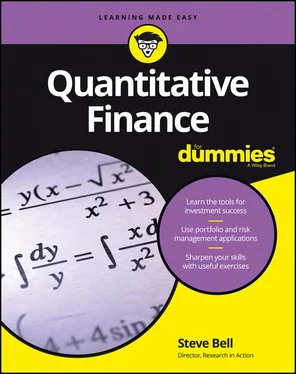
 Two alternatives to cash – one ancient, one modern – are good to know about:
Two alternatives to cash – one ancient, one modern – are good to know about: Cash in one currency can be exchanged for cash in another currency. This transaction is called foreign exchange, often abbreviated as FX. The FX market isn’t organised on an exchange and normally consists of dealers working in banks. This market is the largest financial market in the world with huge volumes of transactions per day.
Cash in one currency can be exchanged for cash in another currency. This transaction is called foreign exchange, often abbreviated as FX. The FX market isn’t organised on an exchange and normally consists of dealers working in banks. This market is the largest financial market in the world with huge volumes of transactions per day.


